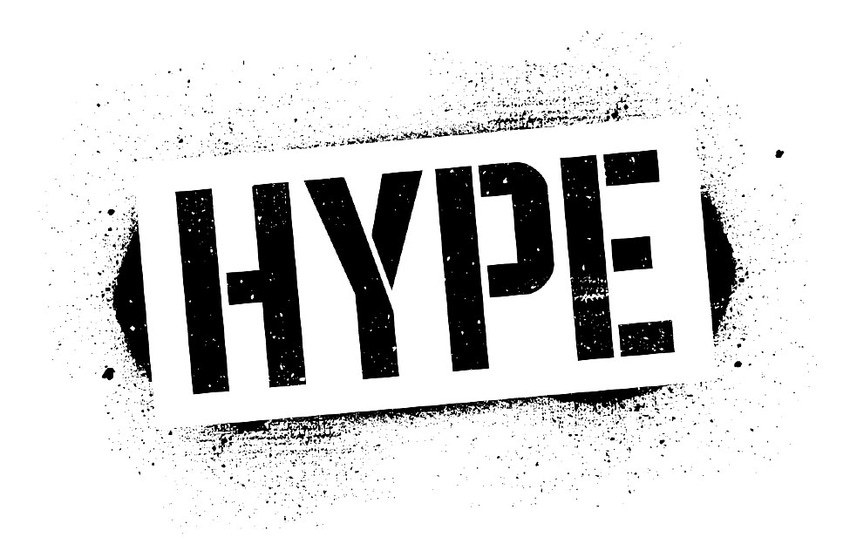Reducing the hype, or recipe, makes you and your product more approachable. Consider focusing on “outcome achievement.”
April 29, 2022

By Scott Levy

Scott Levy
Most at some point have had biscuits and gravy — sausage gravy to be specific. Legends and memories abound based on this staple. In my case, Dad on Sunday mornings creating his biscuits and gravy masterpiece for us to devour before church. Basic sausage gravy is made with three core ingredients: sausage, flour and milk — that’s it.
If you ask a diner, a restaurant, and a fine dining chef their recipe, their stories are different. The diner chef uses the three core ingredients, adding salt and pepper for taste. The restaurant chef adds other ingredients like onion, garlic, etc. The fine dining chef has a list of exotic ingredients along with three special techniques used to make their gravy. Pricing, as expected, differs. Diner – $6.99; restaurant – $12.99, fine dining – $22.
Take those same thoughts of making sausage gravy and apply it to channel partner telecom and IT offerings. Channel partners are different sizes, shapes, and revenues. But at the core, they all start with very similar technology, systems, transport and deliverables.
Vendors are taking literally the same core and creating their own recipe to make their offering special or unique. The market is flooded with useless hyped content, or “recipes” that are clouding and confusing the consumer. Are you guilty of presenting hype, exaggerated content, or recipe rather than hard defendable facts? This confusing approach is extending your sales cycle, bringing more competitors to your party (because you confused them), and opening the door for purchase by committee. Expect the customer, if you get them, to be with you no longer than the original contract terms. Your client is going to realize they bought your hype or special recipe rather than hard measurable, impactful deliverables.
How about considering an alternative approach? Thinking of the prospect and their needs as much as thinking about the sale? Maybe a different approach to selling telecommunications services, voice, data, and mobility. First consider having more conversations rather than presentations. Here is a conversation fire starter: What is the “outcome” you wish to achieve? Do you think you could gain insightful information by asking that question, then shutting up and listening? Most consumers don’t consider the outcome first to then reverse-engineer the solution. By not doing so, ultimately they increase their costs, the amount of effort, and the strain on themselves and their team. Guess what? That’s your freaking job, channel partner! Yes, you need to sell, but first you need to listen. Then and only then can you present a solution that achieves the consumer’s wanted outcome as well as the prescribed path to get there.
With discussion and thoughts around one simple question – what is the outcome? – you gain all the building blocks you need to craft a true solution. You eliminate the need for hype and embellishments to now speak directly to points that matter to the client. What you are proposing can ensure the client achieves their stated outcome.
Think about your company. Can you clearly articulate the following?
Do your offerings eliminate the “so what, who cares” response? If you present or discuss anything with your client, and at the end of the conversation, if they are saying to themselves. “so what” or “who cares,” you have spent too much time talking about you and not enough about them and their issues.
What three key impacts can you guarantee? There are contracts and there are what I call “charters.” A charter is the three things you and the client agree that will be measurements of success. When those three things are accomplished, you have delivered exactly what you have sold and promised. This I promise is a long-term relationship builder.
What one tangible thing differentiates you from others? Nobody cares that you say you are better, bigger, faster or more reliable. That’s the same garbage they are sold all the time. The answer is within you, what you believe, what you stand for, what you will not accept.
How would you measure performance and success? Delivery milestones, number of adjustments made, realized savings, time to realized savings, money, effort, the list goes on and on. You can’t say you are successful unless you can show measurement of that success. I call it “show back.”
Reducing the hype, or recipe, makes you and your product more approachable. Consider focusing on “outcome achievement.” How will what you propose ensure the client achieves their “outcome?” Discuss and agree on the deliverables, performance and delivery milestones, and how this success will be measured. With these things being the core of your offerings rather than hype, embellished content or recipe, you reduce the guesswork as well as lack of trust. Your client will be able to see clearly how your offering can impact their company. Now you simply must deliver those impacts. Rather than eight pages of content, consider one page of agreed upon bullets with measurable results.
Just a few simple grassroots thoughts from a simple man. Just because you say it’s great means nothing. Show them.
Scott Levy is founder and CEO of Bridlewood Consulting, a Bloomington, Indiana-based channel partner.
Read more about:
AgentsYou May Also Like
